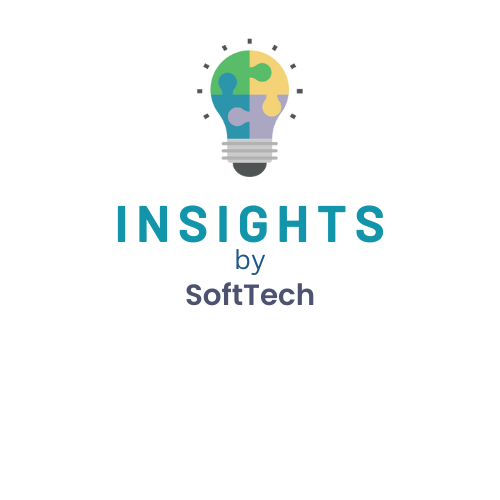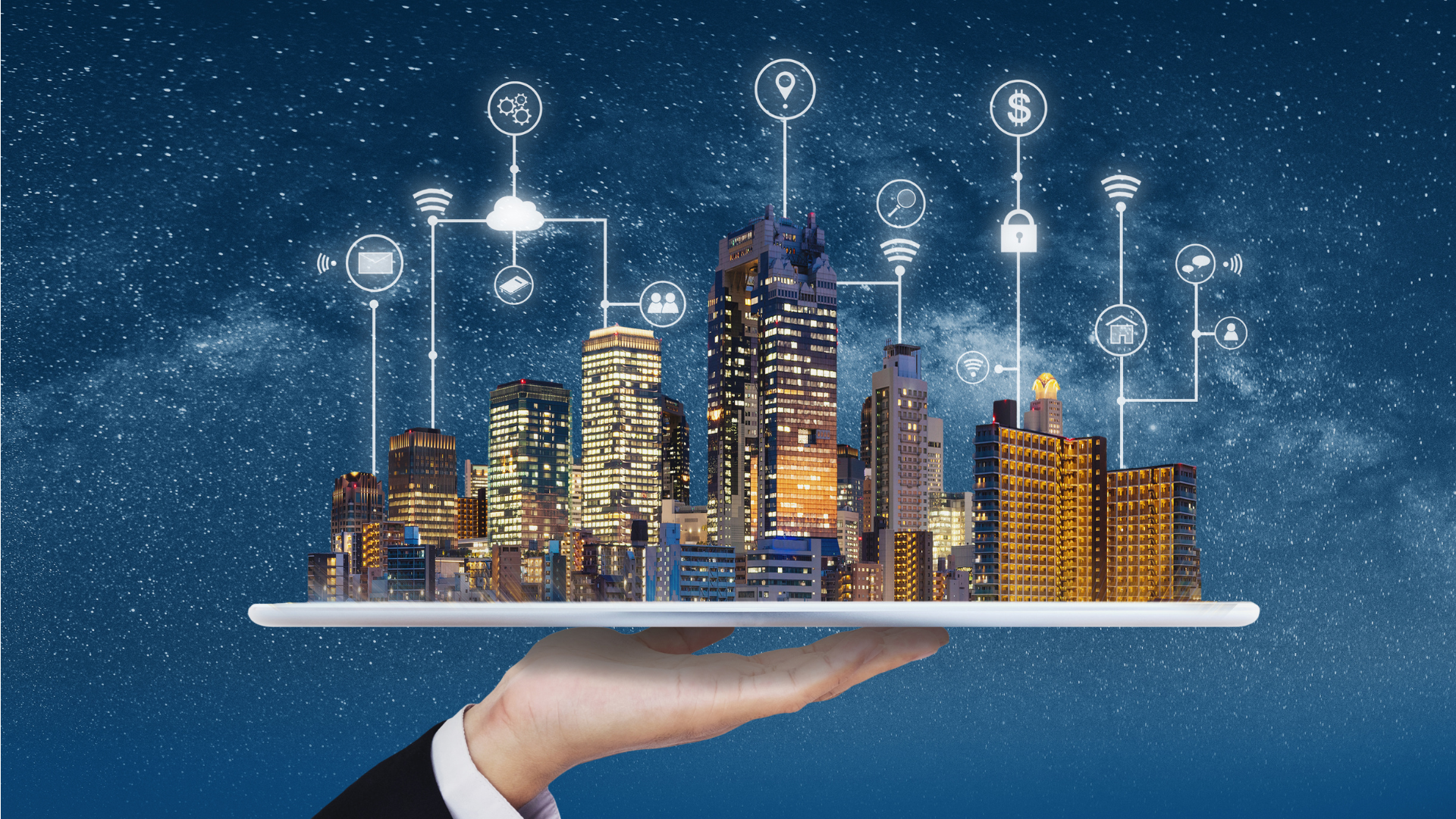Last Updated on February 24, 2024 by softtech
Abstract:
In recent years, the concept of building digital twins has gained significant traction in the field of architecture, engineering, and construction (AEC). A digital twin is a virtual replica of a physical building, continuously updated with real-time data from various sensors and systems. This white paper explores the potential of building digital twins in optimizing indoor environmental quality (IEQ). By leveraging advanced technologies such as Internet of Things (IoT), artificial intelligence (AI), and Building Information Modeling (BIM), building digital twins offer unprecedented opportunities to enhance IEQ, thereby improving occupants’ health, comfort, and productivity. This paper discusses the key components of building digital twins, their benefits in optimizing IEQ, and provides insights into implementation strategies and challenges.
1. Introduction:
Indoor environmental quality (IEQ) encompasses various factors such as air quality, thermal comfort, lighting, acoustics, and spatial layout, all of which significantly influence occupants’ well-being and productivity within buildings. Poor IEQ can lead to health issues, discomfort, and reduced performance. Traditional building management systems often lack real-time insights into IEQ parameters, making it challenging to maintain optimal conditions consistently. However, with the emergence of building digital twins, there’s an opportunity to revolutionize how buildings are managed and optimized for IEQ.
2. Understanding Building Digital Twins:
A building digital twin is a virtual representation of a physical building that mirrors its geometry, structure, systems, and behavior. It integrates data from various sources, including sensors, IoT devices, BIM models, and operational systems, to create a dynamic and accurate simulation of the building in real-time. Through advanced analytics and AI algorithms, digital twins enable predictive analysis, performance optimization, and decision support for building operators and facility managers.
3. Components of Building Digital Twins:
BIM Integration: Building Information Modeling (BIM) serves as the foundation for building digital twins, providing detailed 3D models enriched with metadata about building components and systems.
Sensor Networks: IoT sensors are deployed throughout the building to collect data on environmental parameters such as temperature, humidity, CO2 levels, occupancy, and energy consumption.
Data Analytics: Advanced analytics platforms process the vast amounts of sensor data in real-time, identifying patterns, anomalies, and opportunities for optimization.
Simulation Engines: Digital twins use simulation engines to predict how changes in building operations or environmental conditions will impact IEQ metrics, allowing proactive adjustments.
User Interfaces: Intuitive dashboards and visualization tools provide stakeholders with actionable insights and facilitate data-driven decision-making.
4. Optimizing IEQ with Building Digital Twins:
Air Quality Management: Digital twins monitor indoor air quality in real-time, identifying sources of pollutants and optimizing ventilation systems to maintain healthy indoor environments.
Thermal Comfort: By integrating data from temperature sensors and weather forecasts, digital twins adjust heating, cooling, and airflow to ensure occupants’ thermal comfort while minimizing energy consumption.
Lighting Control: Real-time lighting control systems adjust artificial lighting levels based on natural light conditions, occupancy patterns, and user preferences, enhancing visual comfort and energy efficiency.
Acoustic Performance: Digital twins analyze noise levels and reverberation within spaces, optimizing room layouts, acoustic treatments, and HVAC system operation to minimize noise pollution and improve speech intelligibility.
Space Utilization: Utilizing occupancy data, digital twins optimize space allocation, furniture layout, and circulation paths to enhance comfort and efficiency while reducing overcrowding and congestion.
5. Benefits of Building Digital Twins for IEQ:
Improved Occupant Health and Well-being: By proactively managing IEQ parameters, building digital twins create healthier indoor environments, reducing the risk of respiratory issues, allergies, and other health problems.
Enhanced Comfort and Productivity: Optimal IEQ conditions contribute to improved occupant comfort and productivity, leading to higher satisfaction levels, lower absenteeism, and higher retention rates.
Energy Efficiency and Sustainability: Digital twins optimize building operations to minimize energy consumption while maintaining IEQ standards, resulting in reduced utility costs and carbon emissions.
Predictive Maintenance: By continuously monitoring building systems and detecting early signs of equipment failure or degradation, digital twins enable predictive maintenance strategies, maximizing system reliability and lifespan.
6. Implementation Strategies:
Data Integration: Establish seamless data flows between BIM models, sensor networks, and analytics platforms to ensure accurate and timely information exchange.
Stakeholder Collaboration: Foster collaboration between building owners, designers, contractors, and facility managers to define IEQ goals, implement digital twin solutions, and optimize building performance.
Training and Education: Provide training programs and resources to equip stakeholders with the knowledge and skills needed to effectively utilize building digital twins for IEQ optimization.
Scalability and Flexibility: Design digital twin solutions that are scalable and adaptable to accommodate future changes in building usage, technology advancements, and regulatory requirements.
7. Challenges and Considerations:
Data Privacy and Security: Safeguard sensitive building data from unauthorized access or cyber threats to maintain occupant privacy and prevent potential disruptions.
Interoperability: Ensure compatibility and interoperability between different building systems, sensors, and software platforms to facilitate seamless integration and data exchange.
Cost and Complexity: Address cost concerns and complexity associated with deploying and maintaining digital twin solutions, considering factors such as hardware, software, and implementation services.
8. Use Cases
Smart Office Building: Implementation of a digital twin solution in a commercial office building can result in a 20% reduction in energy consumption, improved thermal comfort, and increased employee satisfaction.
Healthcare Facility: A hospital can utilize a digital twin to optimize indoor air quality and infection control measures, leading to reduced healthcare-associated infections and improved patient outcomes.
Educational Campus: A university campus can leverage digital twins to optimize space utilization, enhance classroom environments, and support flexible learning modalities.
9. Conclusion:
Building digital twins hold immense potential in optimizing indoor environmental quality (IEQ) by providing real-time insights, predictive analysis, and actionable recommendations for building operators and facility managers. By leveraging advanced technologies such as IoT, AI, and BIM, digital twins enable proactive management of air quality, thermal comfort, lighting, acoustics, and space utilization, thereby creating healthier, more comfortable, and productive indoor environments. However, successful implementation requires careful planning, collaboration, and consideration of challenges such as data privacy, interoperability, and cost. As the adoption of building digital twins continues to grow, they are poised to become indispensable tools for IEQ optimization in buildings of all types and sizes.
About Author
Olivia Jones
Technology Specialist
Olivia is a highly skilled and experienced Technology Specialist with 10+ years of hands-on expertise in the rapidly evolving field of technology. She has a proven track record of successfully implementing and managing a wide range of technological solutions, ensuring optimal performance and efficiency. Olivia possesses a deep understanding of industry trends and emerging technologies, enabling her to provide strategic guidance and drive innovation within organizations. With a strong focus on problem-solving, she consistently delivers tailored solutions that align with business objectives while maximizing productivity and cost-effectiveness.
About SoftTech Engineers
A leading IT company (www.softtech-engr.com) facilitating business and technology transformation across the AEC industry through innovative software products and solutions. Equipped with 25+ years of deep domain expertise and industry knowledge, SoftTech has helped more than 4500 clients & government organizations, with more than 25000 users in India and around the world to gain a competitive edge and lead from the front in the industry.

